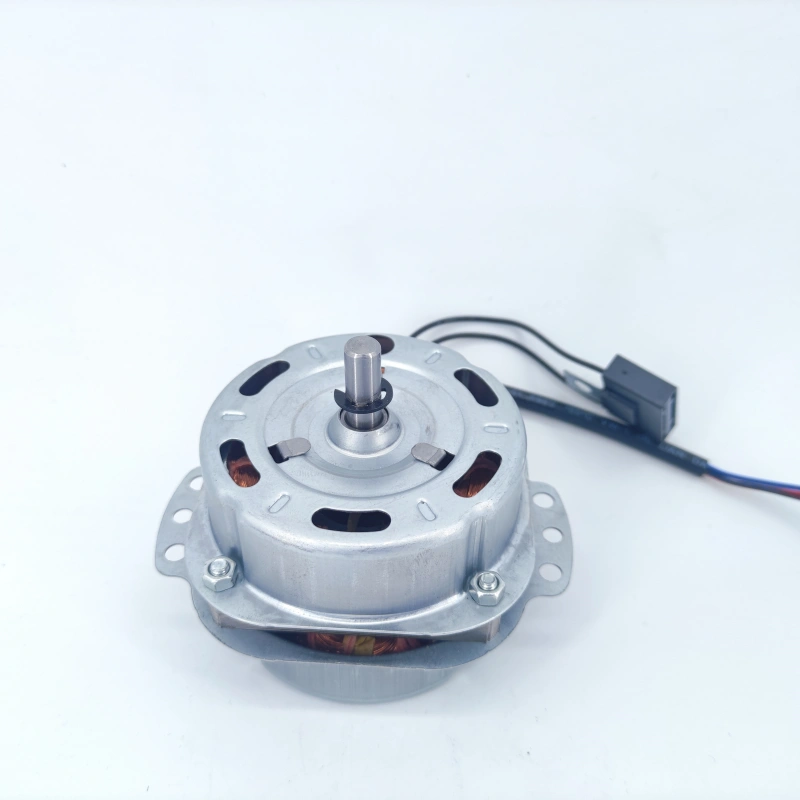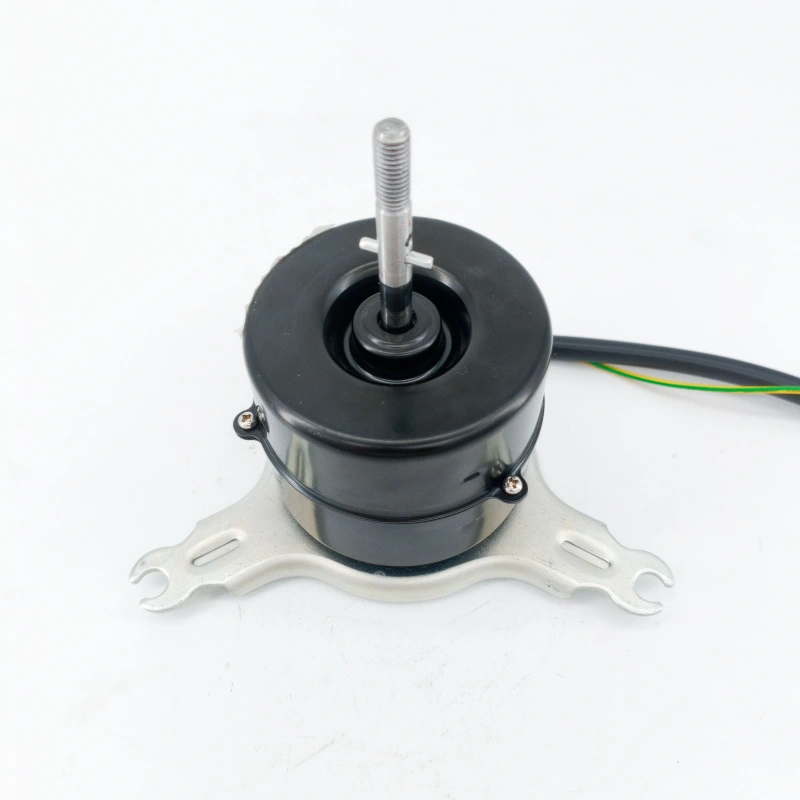I. Raising the Question
During hot summer days, tower fans have become a popular cooling appliance for small apartments and bedrooms due to their space-saving design and low noise. However, many users find that their tower fans gradually become “underperforming”: even when set to the highest speed, half of the room remains cool with airflow while the other half stays stuffy, showing an “interrupted” uneven air supply; when standing directly in front of the fan, one can feel the coolness, but as soon as they move a little further away, the cooling effect drops significantly—sometimes even worse than that of ordinary pedestal fans. If the tower fan itself is not faulty, why does it have problems of uneven air supply and poor cooling? How can we find the key answers from the tower fan’s working principle, causes of issues, and practical solutions to restore its efficient cooling capability?
II. Answering the Question
(I) Core Principle of Tower Fan’s Air Supply and Cooling
To understand the root cause of the problem, we first need to clarify the working logic of tower fans. Tower fans achieve air supply through the “cross-flow wind wheel + air duct air guidance” system: the motor drives the long cylindrical cross-flow wind wheel to rotate, creating a pressure difference at both ends of the wind wheel, which draws air from the back of the fan into the body. After entering, the air flows along the curved air duct, adjusts its direction through the swingable air deflector blades, and finally blows out evenly from the front air outlet. Its cooling principle relies on continuous air supply to accelerate the evaporation of sweat on the human body surface (carrying away heat) and promote indoor air circulation to balance the room temperature.
However, the air supply range and cooling effect of a tower fan depend on the wind wheel speed, air duct smoothness, air deflector angle, and usage environment. Once any of these links has a problem, it is prone to uneven air supply and poor cooling.
(II) Three Core Causes of Uneven Air Supply and Poor Cooling
1. Malfunction or Improper Adjustment of the Air Deflector Structure
The air deflector blades are key components for controlling the air supply direction of the tower fan. If they become loose, stuck, or improperly adjusted after long-term use, the air supply will “deviate”. For example, if one side of the air deflector is stuck and cannot swing, the air can only blow in a fixed direction, resulting in an uneven situation where “only part of the area has airflow while the distance has none”. Some users mistakenly believe that “the larger the swing range of the air deflector, the better”—when adjusted to the maximum angle, the airflow disperses to the walls or corners, which instead reduces the effective air supply area and naturally shrinks the cooling range.
2. Contamination or Wear of Internal Components
Severe dust accumulation on the cross-flow wind wheel and filter screen inside the tower fan directly affects the air supply efficiency. In summer, high air humidity makes dust easily stick to the wind wheel blades, changing the aerodynamic shape of the blades. This weakens the wind wheel’s ability to push air during rotation, making the blown air “weaker” and unable to reach a long distance. A blocked filter screen reduces the air intake volume—even if the wind wheel rotates normally, insufficient air intake lowers the air supply intensity, and the cooling effect deteriorates accordingly. In addition, if the motor operates under high load for a long time (e.g., running for more than 10 hours a day), its rotation speed will decrease, leading to insufficient power of the wind wheel and further exacerbating the problem of weak air supply.
3. Improper Usage Environment and Placement
The air supply effect of a tower fan is greatly affected by the environment. If placed in a corner or next to furniture, the air inlet at the back of the fan will be blocked, preventing smooth air intake and naturally weakening the air supply. If the room space is too large (e.g., over 20 square meters) but the tower fan has low power (e.g., less than 40W), the airflow coverage range is limited, easily causing a situation where “the near area is cool while the distance is hot”. Moreover, in summer, the temperature difference between indoor and outdoor is small—if doors and windows are tightly closed and air circulation is poor, the tower fan can only circulate indoor hot air instead of introducing fresh cool air, which greatly reduces the cooling effect.
(III) Targeted Solutions
1. Inspect and Properly Adjust the Air Deflector Structure
First, turn off the power and check if the air deflector blades are stuck: if there is dust adhesion, wipe them clean with a damp cloth; if components are loose, tighten the screws on the air deflector’s rotating shaft with a screwdriver. When adjusting the swing range, it is recommended to control the air deflector angle between 30° and 60° to avoid airflow dispersion. If you want to expand the air supply range, you can use the timer function to allow the tower fan to adjust its direction periodically, balancing the indoor air supply.
2. Regularly Clean and Maintain Internal Components
Remove and clean the filter screen every 2 weeks: soak it in warm water with a neutral detergent for 10 minutes, scrub it, dry it, and then reinstall it. Clean the cross-flow wind wheel every month: remove the front panel, gently wipe the blades with a dry cloth dipped in alcohol, and avoid deformation. If the motor rotation speed decreases, you can ask a professional to add bearing lubricating oil; if the fan has been used for more than 5 years, it is recommended to replace the motor with a new one to restore power.
3. Optimize Placement and Usage Environment
Place the tower fan in the middle of the room or near a window, ensuring that the air inlet (at the back of the fan) is at least 30 centimeters away from obstacles. Match low-power tower fans with small spaces—for rooms over 20 square meters, it is recommended to choose a tower fan with a power of more than 50W. Open doors and windows when using the fan to maintain air circulation, allowing the tower fan to introduce relatively cool outdoor air and improve the cooling effect.
Through the above measures, the problems of uneven air supply and poor cooling of tower fans can be effectively solved, enabling tower fans to truly play their cooling role in summer and bring a comfortable user experience.




